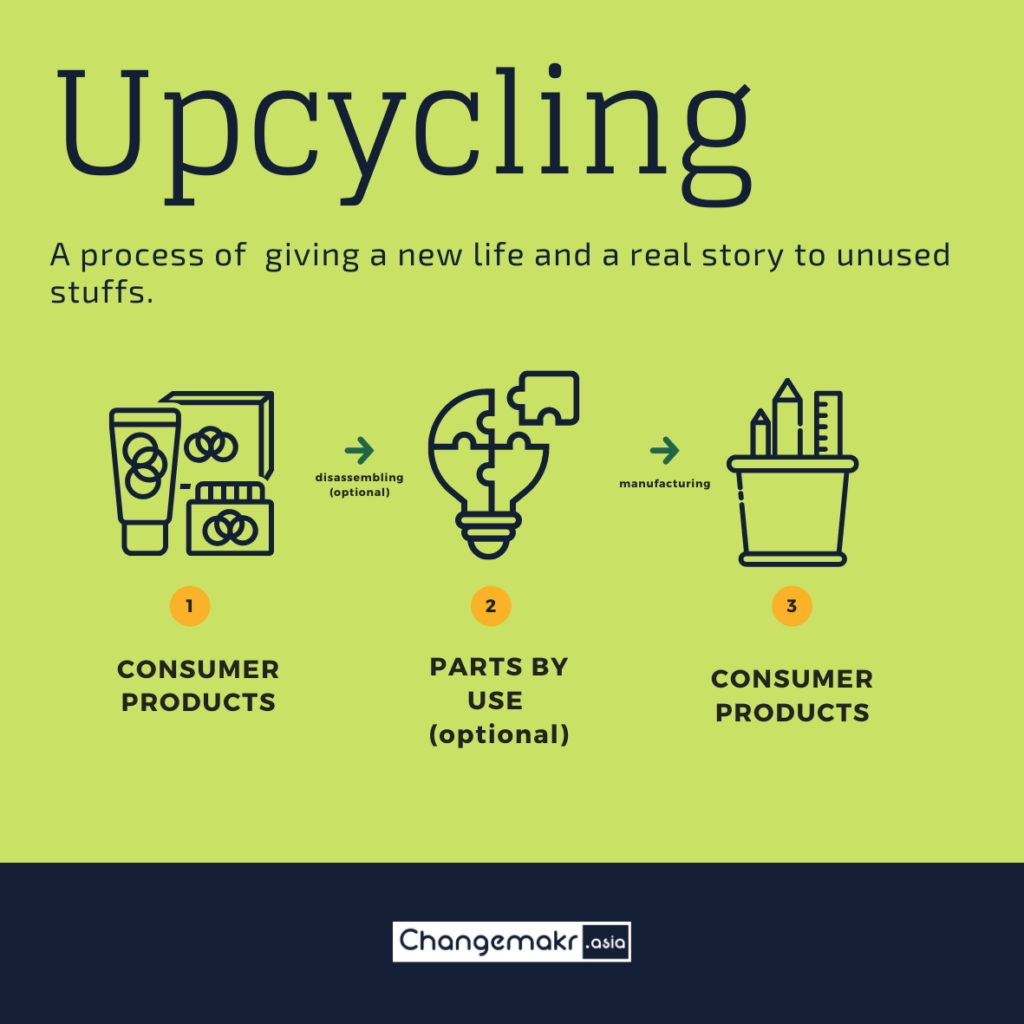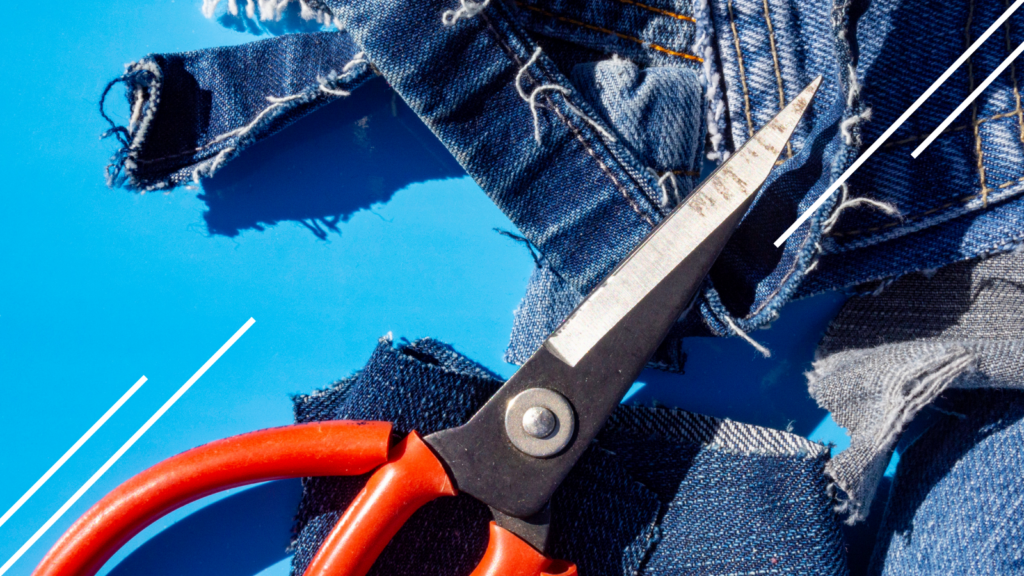Recycling and upcycling terms are jumbled up and used interchangeably. In reality, these two processes are actually unrelated and very different from each other.
Recycling and upcycling – “another of the many new words that sound cool” that commonly used interchangeably. in reality, these two processes are completely unrelated both from product design perspective as well as sustainability perspective. We’ll take a look at both and highlight the differences between the two, while also exploring why each process is important from environmental perspective.
Recycling
Recycling is the process of converting waste materials into new materials and things. While upcycling and downcycling are both examples of recycling, there are clear distinctions between the various ways we can reuse waste.
Recycling tends to involve a mechanical or chemical process to create a new material. It a process to break down an old item to its previous raw state and creating something new. More often than not, recycled materials are mixed in with new resources to make them usable and improve their integrity.
Benefit of Recycling
Overall, recycling conserves resources, reduces pollution, decreases landfill and incinerator use as well as boost local economies through job creation (mainly recycling-related jobs).
Recycling also reduces demand for raw material, which often requires extracting, mining, quarrying, logging, refining and process raw materials. Raw materials often come from our most important forests, such as timber, water, and minerals. Recycling helps cut back on new materials and thus preserve natural habitats, forests, rainforests, and give the earth a chance to grow and heal.

Upcycling
While recycling is good, upcycling is even better. Upcycling is really about giving a new life and a real story to unused stuffs. Anything, and consequently even all the things that cannot be recycled, can be upycled. Basically it’s about turning trash into treasure.
The term ‘Upcycling’ was coined in 1994 by Belgian Gunter Paulo and German Johannes Hartkemeyer (and later further developed by McDonough and Braungart in the early 2000s, opposed to that of down cycling which in the recycling process indicated the conversion of a product’s material into a basic form, often of a lesser quality than the original one.
Upcycling isn’t just transforming objects into better versions of themselves; often, objects get repurposed to offer a different function entirely. Upcycling tends to focus on retaining the value of the material in the state that it is in. Hence, there’s no limit in upcycling. All you need is your imagination and your skills.
Benefit of Upcycling
Upcycling adds value to the waste materials and takes less energy to process. The benefit of upcycling is that you keep something out of the landfill, and make something that you like instead of buying something new.
Take laundry soap container as an example. You could make storage containers from laundry soap bottles. you would have to spend a little time making them, so it is not exactly free, but many people enjoy crafting. The possibilities are endless.

In sum, reuse and upcycling reduce the need for recycling and are therefore great options for the environment. Once a material can no longer serve any purpose, then it is eco-friendlier to recycle it than it is to send it to landfill. While recycling is practical, upcycling is highly creative and can involve a wide variety of techniques and materials to create the finished product. After all, we need to get into the habit of using less stuff in the first place.



